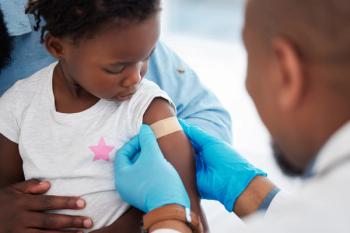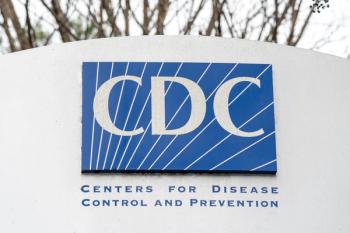
County-level data set reveals widespread decline in MMR vaccination rates in the United States
The data found complements state- and national-level CDC data, confirming widespread declines in MMR vaccination rates.
County-level measles-mumps-rubella (MMR) vaccination rates in the United States have complemented state- and national-level data, confirming a widespread decline in vaccination rates in recent years, according to a research letter published in JAMA.1
In 2019, the United States childhood vaccination program was estimated to prevent more than 24 million cases of vaccine-preventable diseases. However, between 2019 and 2024, evidence of a national-level decline in childhood MMR vaccination rates, paired with resurgent measles outbreaks, has been observed. According to the study authors, as of May 14, 2025, 1001 confirmed measles cases have been reported by 31 jurisdictions, the most reported in a single year in the United States in over 3 decades, with the exception of 2019. Most of these cases have occurred in unvaccinated children.2
National- and state-level MMR vaccine coverage declines have been well documented; however, since MMR vaccination can largely vary within a state, the investigative team generated a standardized dataset with annual county-level vaccination rates for children in all states from 2017 to 2024 where this information was available.1
"This open, high-resolution dataset serves as a resource to explore the US vaccination landscape and its implications for vaccine-preventable disease," wrote the authors.
Study design and results
Using data from each state's department of health website, the study authors collected county-level, 2-dose MMR vaccination rates for each school year from 2017-2018 to 2023-2024. Either a 2-dose MMR rate for kindergarten through 12th grade of 5- to 6-year-olds or completion rates for combined vaccine series that included 2-dose MMR were used if the initial data were not available.
The final dataset featured at least 1 year of vaccination data for 2237 counties from 38 states. Of these, 23 states reported 2-dose MMR data for kindergartners, 4 states reported 2-dose MMR data for a larger age range, and 11 states reported 2-dose MMR coverage as part of a full vaccination series for school-aged children.
Data revealed a trending nationwide decline in vaccination rates during the COVID-19 pandemic, with significant heterogeneity within and across states. "Across the 2066 counties in 33 states with both prepandemic and postpandemic vaccination rates, the county-level mean (SD) vaccination rate decreased from 93.92% (5.71%) prepandemic to 91.26% (6.95%) postpandemic, a mean decline of 2.67% (5.27%)," wrote the study authors.
The investigative team also found that of these counties, 78% reported a decline in coverage over the study period. Only California, Connecticut, Maine, and New York reported an increase in the median country-level vaccination rate.
The authors noted the following limitations of the study:
- Inconsistencies and gaps in reporting across states restricted analysis to 33 states and affected the comparability of the data.
- Reported vaccination data may be inaccurate due to missing student records, home-schooled children, and select schools that are not required to provide records, which potentially introduces bias.
Conclusion
Results demonstrated a widespread reduction in MMR vaccination rates in the United States following the COVID-19 pandemic and revealed significant heterogeneity in vaccination patterns within and across states.
"This dataset can be used in spatial and statistical analyses to identify factors associated with low or declining MMR rates in US counties and help inform targeted vaccination strategies to reduce the risk of measles outbreaks," concluded the investigative team.
References:
1. Dong E, Saiyed S, Nearchou A, Okura Y, Gardner LM. Trends in County-Level MMR Vaccination Coverage in Children in the United States. JAMA. Published online June 02, 2025. doi:10.1001/jama.2025.8952
2. Centers for Disease Control and Prevention. Measles cases and outbreaks. Updated May 16, 2025. Accessed May 14, 2025. https://www.cdc.gov/measles/data-research/index.html
Newsletter
Access practical, evidence-based guidance to support better care for our youngest patients. Join our email list for the latest clinical updates.









